News, research and analysis, opinion pieces and other resources from International Campaign for Tibet
1047 Results
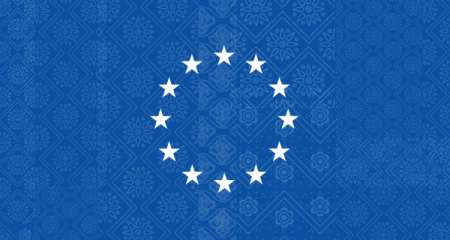
EU and EU Member States reactions to the adoption of China’s NGO Law
Following the adoption of the highly controversial Law on the Management of Foreign Non-Government Organizations Activities in China (also known as the NGO Law) on 28 April 2016, several EU actors and Members States have issued statement expressing concern and criticizing the legistlation.
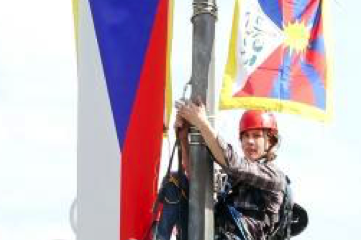
Tibet, symbolism and the Czech Republic
Czech President Milos Zeman recently labelled pro-Tibet protestors “mentally ill” during a visit of the Chinese President to the Czech Republic. What does this say about Zeman and Czech society?
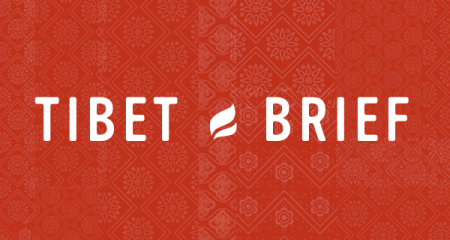
Tibet Brief – Edition 53
In this edition: Golog Jigme, leading human rights defender, briefs European Parliament and high-level officials in Brussels; Unprecedented diplomatic action on China’s human rights record at the 31st Session of the Human Rights Council; Xi Jinping’s visit to Czech Republic sparks protests; Exiled Tibetans vote to elect their political leader and Parliamentarians; Two new self-immolations in February 2016 (…)
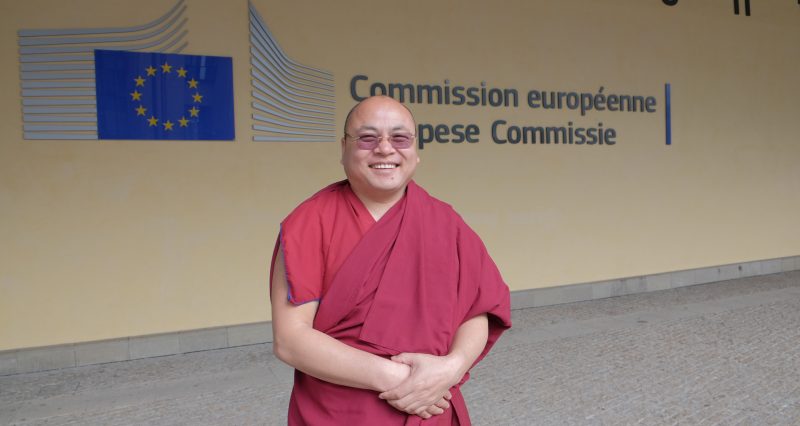
Golog Jigme, leading human rights defender, briefs European Parliament, high-level officials in Brussels
Tibetan Buddhist monk and former political prisoner Golog Jigme testified to the European Parliament’s Subcommittee on Human Rights in March 2016 about his torture and imprisonment in Tibet and the need for the EU to challenge China’s oppressive policies.
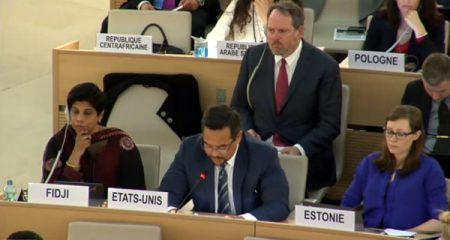
Unprecedented diplomatic action in Geneva on China’s human rights record
The international community has sent a strong message to China with unprecedented diplomatic action in recent weeks including the first collective statement at the U.N. Human Rights Council, a rare joint statement drawing attention to human rights abuses and a high-profile appearance by the Dalai Lama at an event with human rights defenders in Geneva.

EU Statement at UNHRC31: Human Rights situation that require the Council’s attention
EU Statement at the 31th Session of the United Nations Human Rights Council on 15 March 2016.
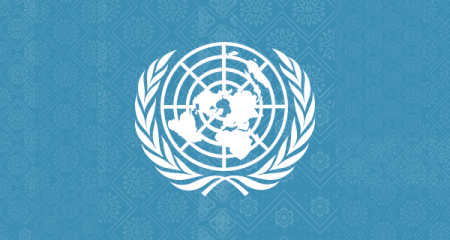
Historic joint statement at the UN Human Rights Council condemns China’s human rights record
The United States and 11 other countries including 7 EU Member States have issued an historic joint statement condemning China’s human rights record at the 31st session of the UN Human Rights Council on Thursday 10 March.

Tibet Brief – Edition 52
In this edition:China’s first counter-terror law and its implications for Tibet; European Parliament report on EU-China relations deplores deteriorating human rights situation in Tibet and China; News of the Dalai Lama’s medical treatment prompts long life prayers in Tibet (…)
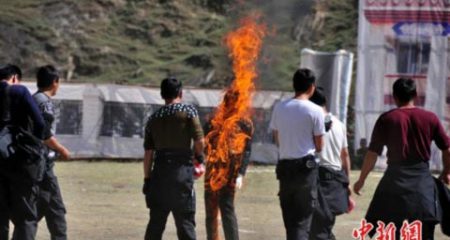
International Campaign for Tibet welcomes concern by US, EU, Germany, Japan and Canada on sweeping new security laws in China
The International Campaign for Tibet welcomed reports about concerns voiced by the United States, the EU, Germany, Japan and Canada with regard to sweeping new and planned security laws in the People’s Republic of China.
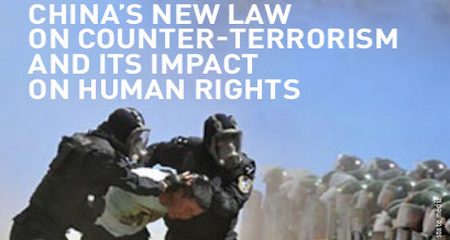
UN Human Rights Council Side Event “China’s new law on counter-terrorism and its impacts on human rights”
The International Campaign for Tibet and the International Federation for Human Rights are organising a side event on China’s new law on counter-terrorism during the upcoming 31th session of the UN Human Rights Council.